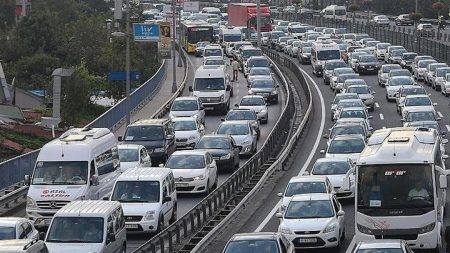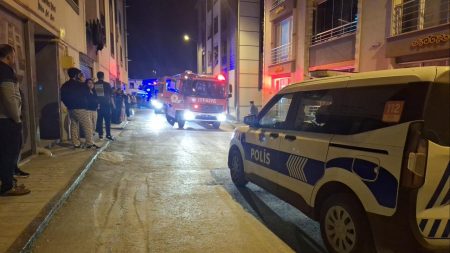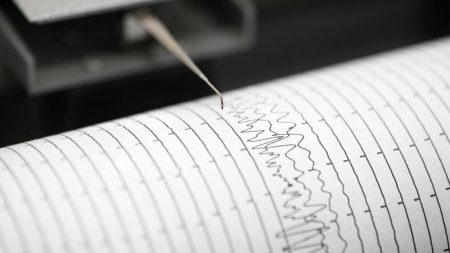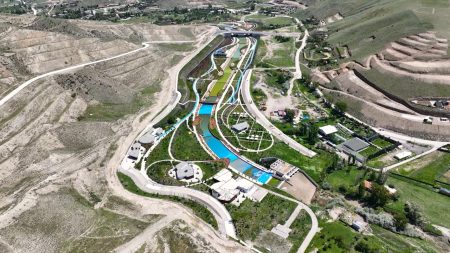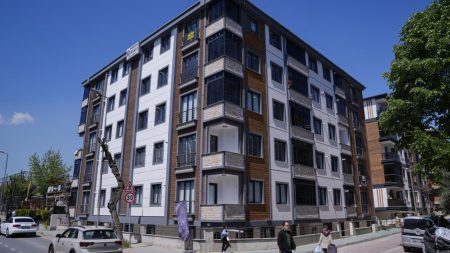After the earthquake, the Emergency Operations Center stated that search and rescue teams have found another body in Taroko National Park in the north of Hualien. The deceased, identified as a 21-year-old woman with the last name Hu, brings the death toll to 13, with 6 people still reported missing.
Due to landslides caused by the earthquake and aftershocks blocking roads and passages, 442 people are trapped. Most of those stranded are waiting in hotels and shelters around Taroko National Park, where transportation has been cut off due to the closure of the two-way road in the region.
According to official figures, 1145 people have been injured in the earthquake so far. The earthquake and aftershocks have caused 24 landslides, damaging 35 roadways, bridges, and tunnels. 125 buildings in Hualien and the surrounding area have also been damaged.
In the three days following the earthquake, there have been 23 aftershocks of magnitude 5 or greater and a total of 603 aftershocks recorded. The earthquake initially struck Hualien, a city on the eastern coast of Taiwan, on April 3 with a magnitude of 7.4.
The US Geological Survey (USGS) reported that the epicenter of the earthquake was 18 kilometers south of Hualien on the eastern coast of Taiwan. The Central Weather Bureau of Taiwan (CWA) announced the magnitude of the earthquake as 7.2, stating that it was the most powerful earthquake to hit Taiwan in the last 25 years.
In a previous earthquake on September 21, 1999, a 7.7 magnitude quake in Jiji, 150 kilometers south of Taipei, resulted in the deaths of around 2,400 people, with over 100,000 injured and thousands of buildings destroyed. The recent earthquake serves as a reminder of the seismic activity in the region and the potential risks that come with living in an earthquake-prone area.










